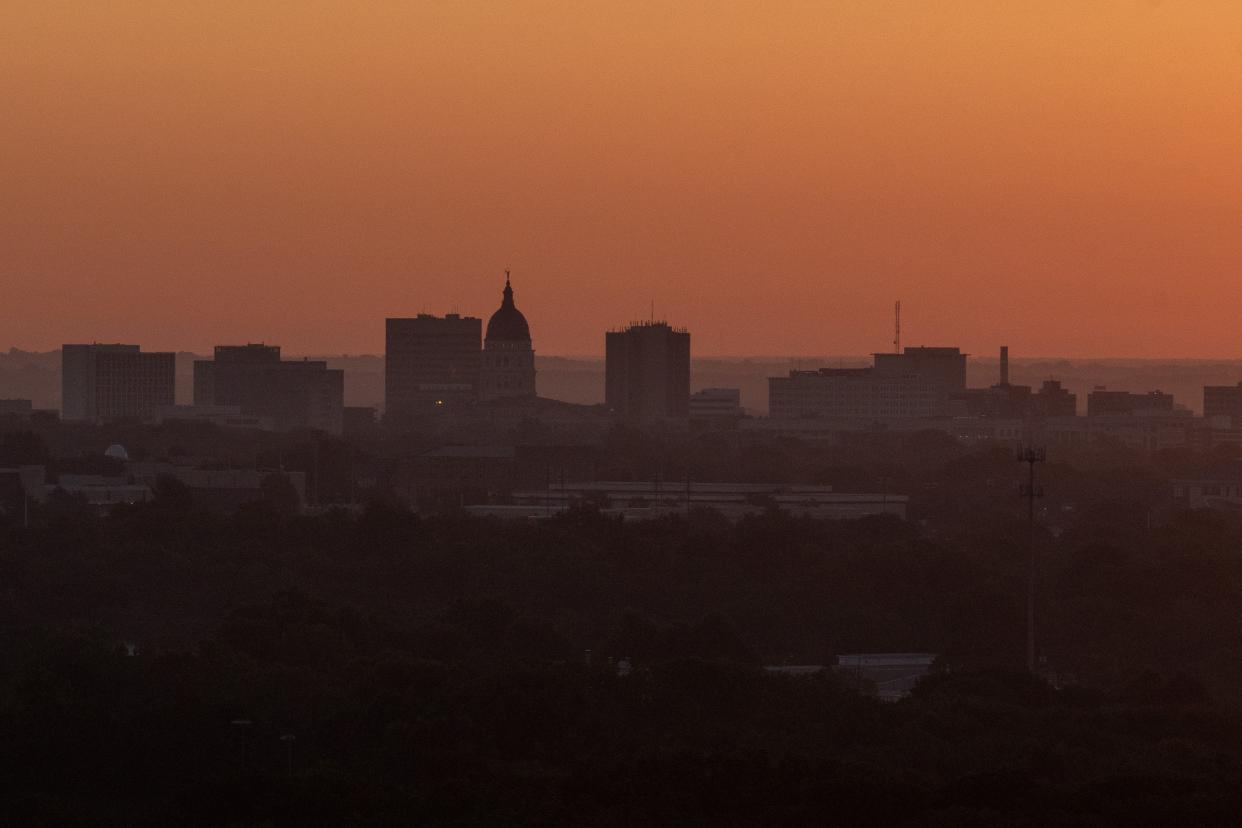Daylight Saving Time 2023: When does it start? Will lawmakers make it permanent?

Because of Daylight Saving Time, clocks in most of the U.S. "spring forward" in the spring and "fall back" in the fall.
DST will start when clocks are set forward one hour at 2 a.m. Sunday, theoretically giving people one less hour to sleep.
It will then end when clocks fall back one hour at 2 a.m. on Sunday, Nov. 5.
Are Kansas legislators mulling any bills regarding Daylight Saving Time?
A resolution that would have urged the U.S. Congress to extend DST to last yearlong nationwide was introduced in 2021 in the Kansas House of Representatives, where interested parties from both sides testified at a committee hearing.
That bill died in committee in May 2022, according to legislative records.
Legislators aren't considering any bills regarding DST during their current session.
What's happening with federal efforts to extend DST?
The U.S. Senate last March passed the Sunshine Protection Act, which would arrange for DST to remain in effect all year.
However, that measure hasn't gained passage from the U.S. House of Representatives.
House members in 2022 "held at the desk" on the proposal, meaning they never voted on it.
Why does Daylight Saving Time exist?
DST is in place for purposes that include conserving energy and fuel and making better use of daylight.
Proponents say it also reduces crime.
DST remains in effect for roughly eight months of the year, with the rest being called "standard time."
The U.S. Department of Transportation is in charge of DST and all time zones in the U.S.
More:Daylight saving time ends in Kansas soon. What to know about the 2022 time change
Why do some want Daylight Saving Time to last year-round?
Proponents of making DST last year-round say it would give people an extra hour of sunlight in the early evening by borrowing it from the morning.
They say the biannual time change between Standard Time and DST brings various negative consequences, including bringing confusion and frustration that cause people to lose sleep, and triggering temporary increases in traffic accidents and strokes.
What's the history of Daylight Saving Time?
DST was first used in 1908 in Thunder Bay, Canada, according to timeanddate.com, which says Germany and Austria then became the first countries to use it in 1916.
The U.S. temporarily put DST in place during World War I and World War II.
DST became a national standard in 1966 when President Lyndon Johnson signed the Uniform Time Act.
Federal lawmakers then put the U.S. on year-round DST for two years beginning in January 1974.
But a significant shift in public opinion subsequently prompted lawmakers to allow year-round DST to expire when the two years ended, USA TODAY was told by David Prerau, an author and expert on DST.
“People didn’t like waking up in the mornings in the dark, or sending their children to school in the dark,” he said.
In 2007, the federal government expanded DST. The law now says it applies from 2 a.m. on the second Sunday of March until 2 a.m. on the first Sunday of November.
The U.S. is among more than 70 countries that use DST.
Contact Tim Hrenchir at threnchir@gannett.com or 785-213-5934.
This article originally appeared on Topeka Capital-Journal: What's happening with efforts to make Daylight Saving Time permanent?

